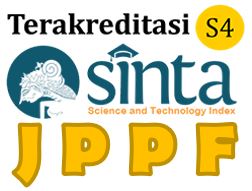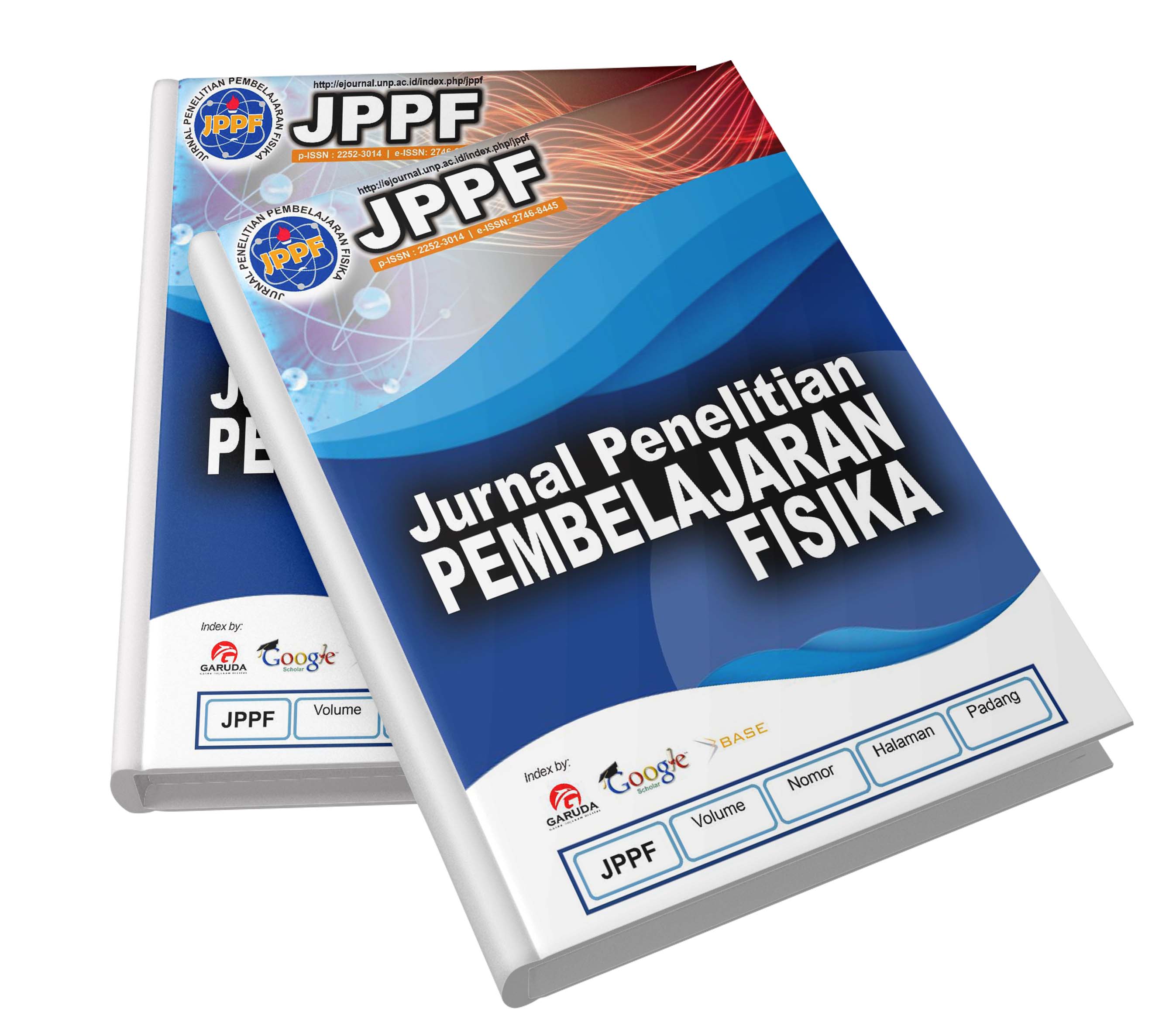Abstract
Science literacy is one of the skills developed in 21st century education. Physics and science literacy are closely related because physics can foster science competency which is one aspect of science literacy. Students must be able to evaluate and design scientific research, interpret scientific data and evidence, and explain events scientifically. All of these are components of science competency. However, Indonesia's science literacy is relatively low according to the results of PISA 2022. The purpose of this study was to evaluate students' initial science literacy on harmonic vibration material. To measure students' initial science literacy on harmonic vibration material, a study was conducted. This study is a preliminary study on the design of interactive multimedia as teaching materials to improve science literacy on harmonic vibration material. The study was conducted on 30 Phase F5 students who had studied the material. The instruments given were in the form of teacher questionnaires and student tests in the form of 10 multiple-choice questions of 2 levels. Based on the results of data analysis, the context aspect was obtained with an average of 47%, the competency aspect was obtained with an average of 47%, the content aspect was obtained with an average of 48%, and the science attitude aspect was obtained with an average of 50%. The indicators on the teacher questionnaire obtained a percentage for the Use of learning models on harmonic vibration material 54% with the category sometimes, identification of student science literacy 55% also categorized sometimes, the use of teaching materials and media on harmonic vibration material 55% categorized sometimes, the implementation of experiments on harmonic vibration material 40% categorized rarely, and the use of supporting facilities and equipment by 68% categorized often.




